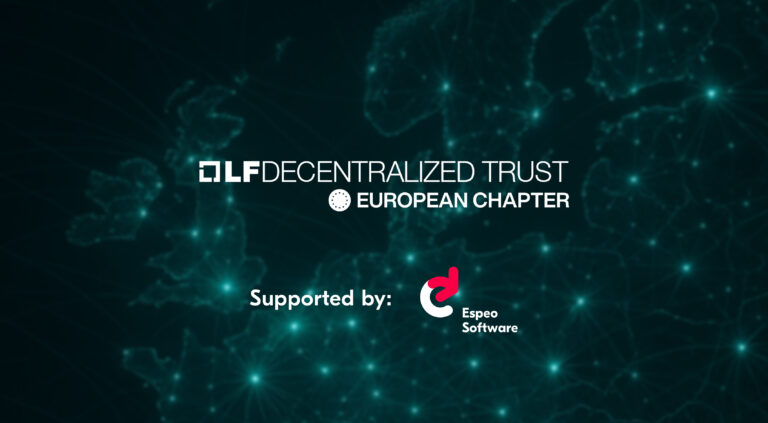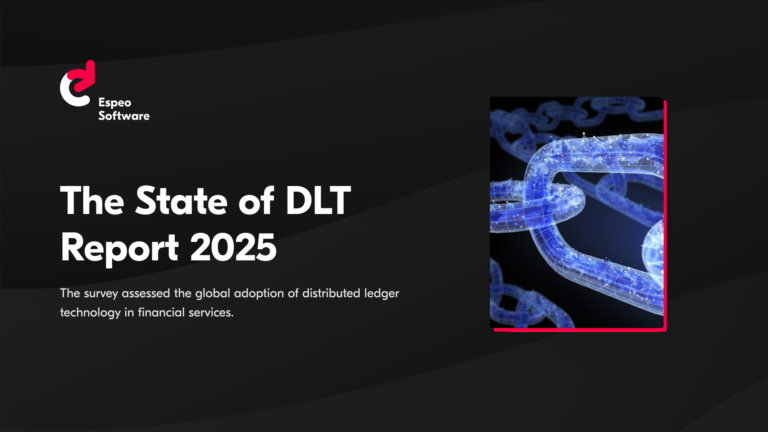IT solutions have driven change in industries such as finance, insurance, and retail. However, there are also industries where systems are not as quick to change. The healthcare industry is one part of our lives where IT adoption is slow. Doctors and administrators still perform many repetitive tasks on paper such as storing and transferring data. Apps that use a distributed ledger are some ways to improve medical records storage, just as it is with pharmaceutical supply chains.
Medical records storage
One major problem in the healthcare industry is how hospitals, insurance companies, and patients themselves handle medical records. Inefficiencies in how administrators handle data impacts quality and only drives up costs for both providers and consumers. Healthcare professionals often have to transfer duplicate records each time a patient comes in. As a result, a lot of healthcare processes remain inefficient, on paper, and offline. One solution is to develop applications that enhance cooperation and cut redundant tasks.
Currently, in the healthcare industry, there are two kinds of problems. First is duplicate medical data and the second is that this data is neither transparent nor interoperable. This is detrimental to the industry and consumers because they lose a lot of time, and use a lot of paper documents for the same data. Before I start to analyze the problems and offer ways to solve them, we should understand the healthcare industry and medical data handling.
This data has to be secure — only authorized people should control the flow of sensitive medical data. One particular advantage of a blockchain-based medical records app would be its ability to control access to records while also distributing current versions to authorized people in the network.
The problems of electronic health records
Pictured above, the application stores and distributes patient data. At present, most institutions’ medical records storage is on centralized databases in which data remains siloed. This solution leads to duplicated health data and a lack of transparency. Today, patients expect a seamless flow of data, however. In Poland, for example, to found a company, we get a unique identifier, called a NIP number. We can then use this ID to identify details of our company in external institutions such as banks, insurance companies, or public institutions. Of course, this identifier relies on a centralized database.
Our enterprise blockchain app would rely on all stakeholders running a node to avoid any single point of failure. We have one identification of our patient/company based on the decentralized solution where we can enable access to their personal health data. This is the core of our solution.
We understand the healthcare industry and our software and blockchain experience help us realize how big the potential for blockchain solutions in the healthcare industry are. This technology helps eliminate duplicate records and helps patients, doctors, and administrators manage personal data and securely distribute it across a network of hospitals, insurance providers, and consumers.
Advantages of private blockchains
Our solution is based on the Linux Foundation’s Hyperledger Fabric. Developed in December 2015, the private blockchain has supported blockchain initiatives in companies such as IBM and Intel. A private blockchain is the best solution for medical records handling because it enables safe, transparent data management. Patient data saved on the blockchain is available for everyone who has access for this data but only the patient can directly set access to this data. On the other hand, we have the trust of data between each medical institution. This transparent data management is comfortable and safe for all parties.
Pictured above, a blockchain app stores the data. Patients have their own public and private keys. Patients can take their medical data with them since it remains on the distributed ledger. Public keys help identify the patient in each medical institution system. Each medical institution can easily manage patient medical records with patient consent. The other medical institution doesn’t have to create the same data as the first medical institution. Instead, medical facilities share the data across the network.
On the other hand, each patient has a private key to sign the transaction. Private keys allow users to save data on the blockchain or share this medical data to other medical institutions. Health professionals can read this data immediately after receiving it.
Conclusion
The ability to store data in one secure place where we only have access to it because only we have a private key to manage this data gives us the freedom to decide where and how the data is visible. From our point of view, this could be the management of medical data 2.0 where the patient is the owner and manager of the data, not external institutions that process this data on our behalf. This approach may look strange, but the decentralization of communication and data storage forces us to look at the collection and management of data.
Many companies from the healthcare industry which are going to implement our solution could help patients and administrators better manage medical data. This not only makes medical data transfer more transparent but also empowers patients to take control of it. The medical data of the process 2.0 is the future which gives safety, freedom and another way to store medical data.
Related posts:





